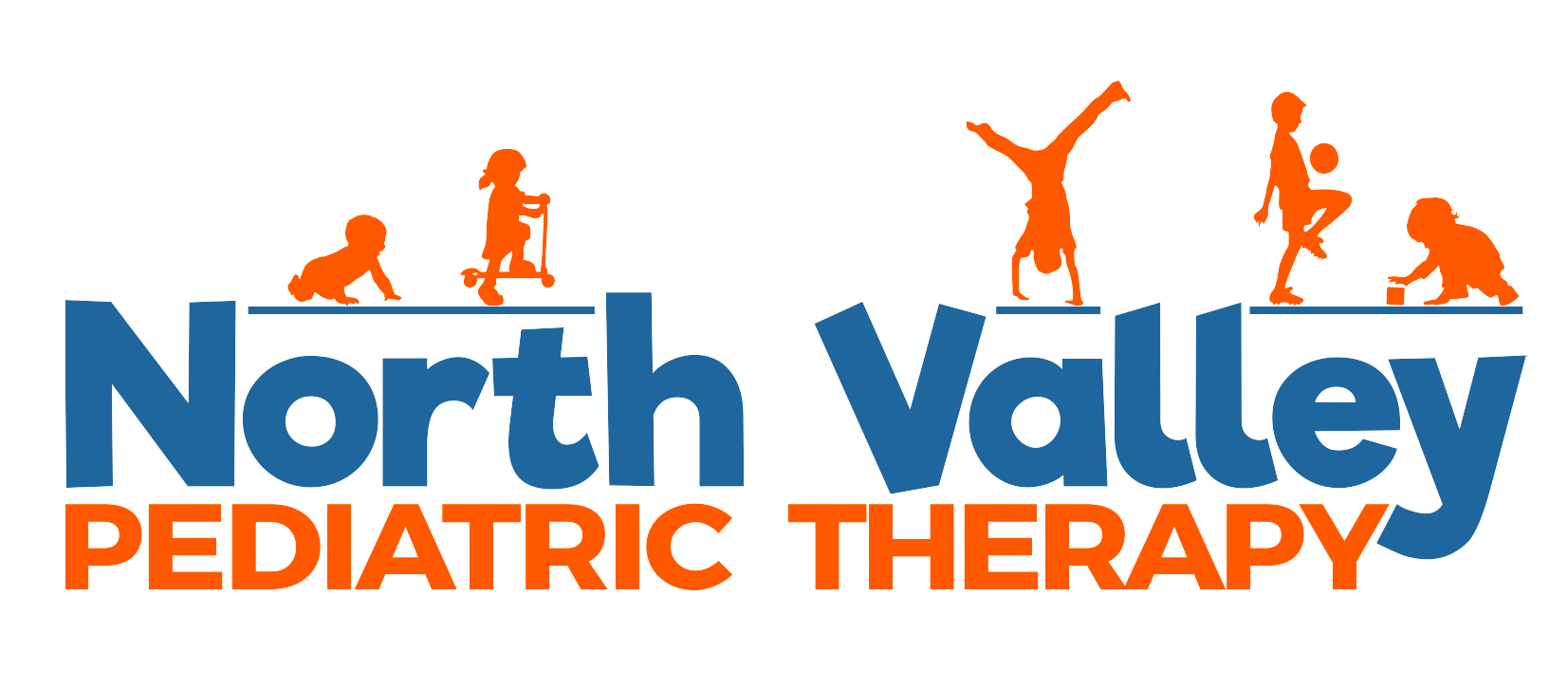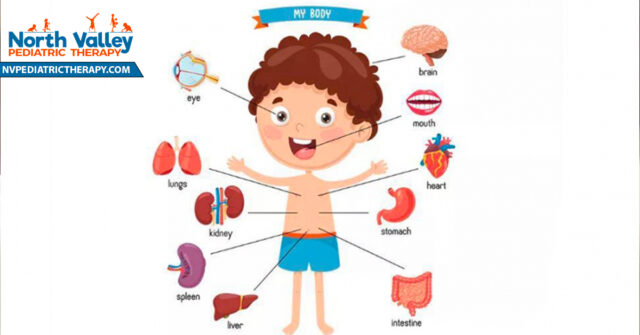One of the programs offered by North Valley Pediatric Therapy is applied behavior analysis (ABA) therapy. The following information is a brief introduction into ABA, including where it originated, principles used, and skills that may be targeted. It is not intended to be a full review of ABA and/or to be used to determine if a child is an appropriate candidate for this particular therapy.
Origin
In the early 1900s, research was conducted within the field of psychology on inward (e.g., thoughts and feelings) and outward behavior (e.g., what is observable and measurable), largely to begin understanding how behavior and consequences were related. From that research came the development of operant conditioning by B.F. Skinner, which demonstrated that behavior could be modified based on the consequences that followed it – behavior can be strengthened through reinforcement, or weakened through punishment – henceforth, applied behavior analysis.
While there was no specific focus on individuals with autism at that time, Ivar Lovaas proposed that operant conditioning could be applied to a group of individuals to help improve their behavior. In 1987, a study was conducted by Ivar Lovaas with a group of individuals with autism that demonstrated significant improvement in targeted behaviors, including a follow up study conducted several years later.
Principles
The science of ABA is predicated on a set of principles, including understanding the impact of reinforcement and punishment on behavior, as well as understanding the functional relationship between behavior and its consequences. Behaviors targeted within therapy are observable and measurable and are considered socially significant. Intervention and application, for example the use of Discrete Trial Teaching (DTT) and Natural Environment Teaching (NET), are evidence-based and proven within research to produce positive outcomes.
Skills Targeted
ABA therapy at NVPT provides an individualized treatment plan, including behaviors targeted for reduction and for skill acquisition. Parent training goals are also included to target skills that occur within different environments and/or to capture opportunities for generalization. Behavior reduction goals may include, but are not limited to, reducing physical aggression, elopement, and engagement in self-stimulatory behavior; These goals are designed to include an appropriate replacement behavior. Behaviors targeted for acquisition may include, but are not limited to, increasing use of language, completion of daily living skills, social engagement with others, and generalization of skills. Behaviors chosen for reduction or acquisition are considered socially significant behavior – behavior that, if decreased or increased, will make a positive impact on the individual and others around them.




